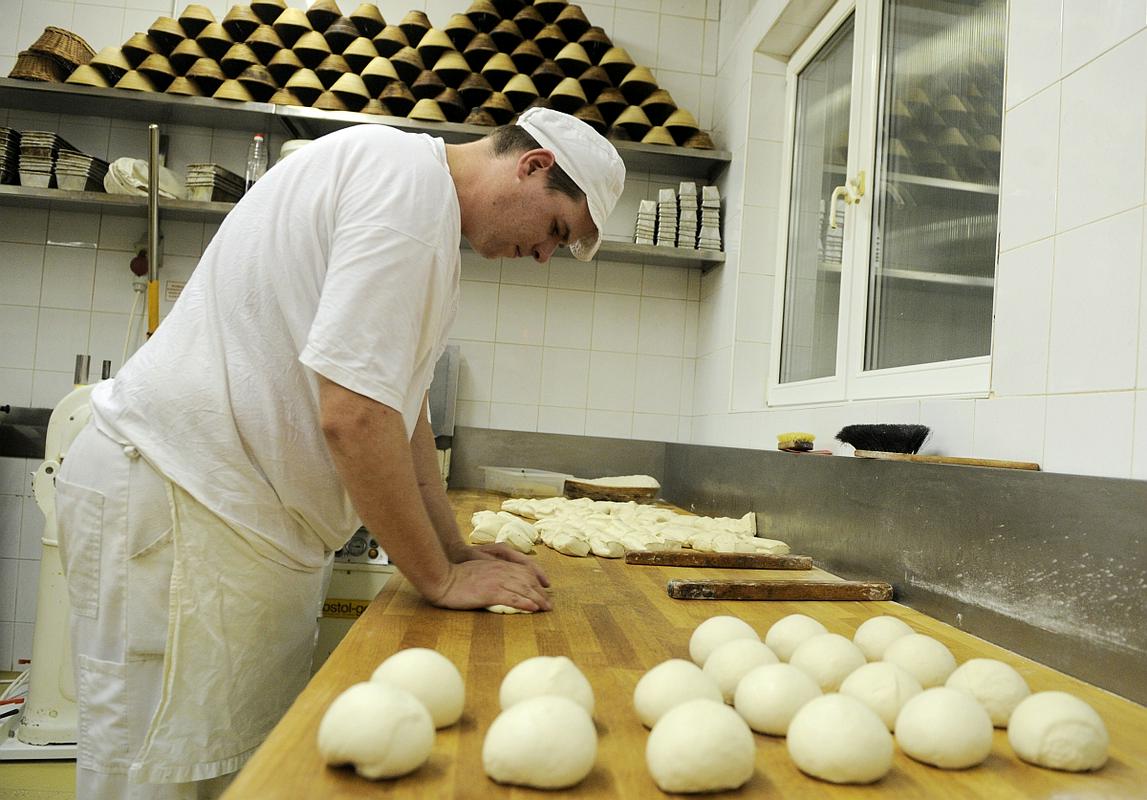"Considering available monthly confidence and activity indicators the growth of the Slovenian economy in the third quarter remained at a similar level as in the first half of the year," the bank said, adding that activity was also expected to increase "on the crossing towards the year 2017".
"The growth and structure of imports show a further increase in domestic demand and a rise in private spending based on a dynamic labour market and an increase in private investment. The state is also increasing spending," the bank said.
It added that service exports were rising, mainly due to a favourable tourist season and a rise for construction services. Last month the statistics office said the number of tourist overnight stays in Slovenia jumped by 15 percent year-on-year in September.
The statistics office will publish GDP figures for the third quarter of 2016 on November 30.
Slovenia, which narrowly avoided an international bailout for its banks in 2013, returned to growth in 2014 and the government expects the economy to expand by 2.9 percent in 2017 from 2.3 percent this year.
The central bank also said a possible increase in public sector wages could cause a rise in budget spending, putting at risk the government's plans to reduce the budget deficit to 1.7 percent of GDP in 2017 from an expected deficit of 2.2 percent this year.
The government is in negotiations with public sector trade unions on possible pay rises next year while it is also leading separate negotiations with doctors who want improvements in their pay and conditions.
Doctors earlier on Tuesday ended two weeks of industrial action after the Health Minister Milojka Kolar Celarc promised the national helth system would get an additional 40 million euros per year to help reduce waiting times for patients needing specialist examinations and operations.
The government had not yet said whether the additional money for the health system would increase the planned budget deficit.
Oglas


































































